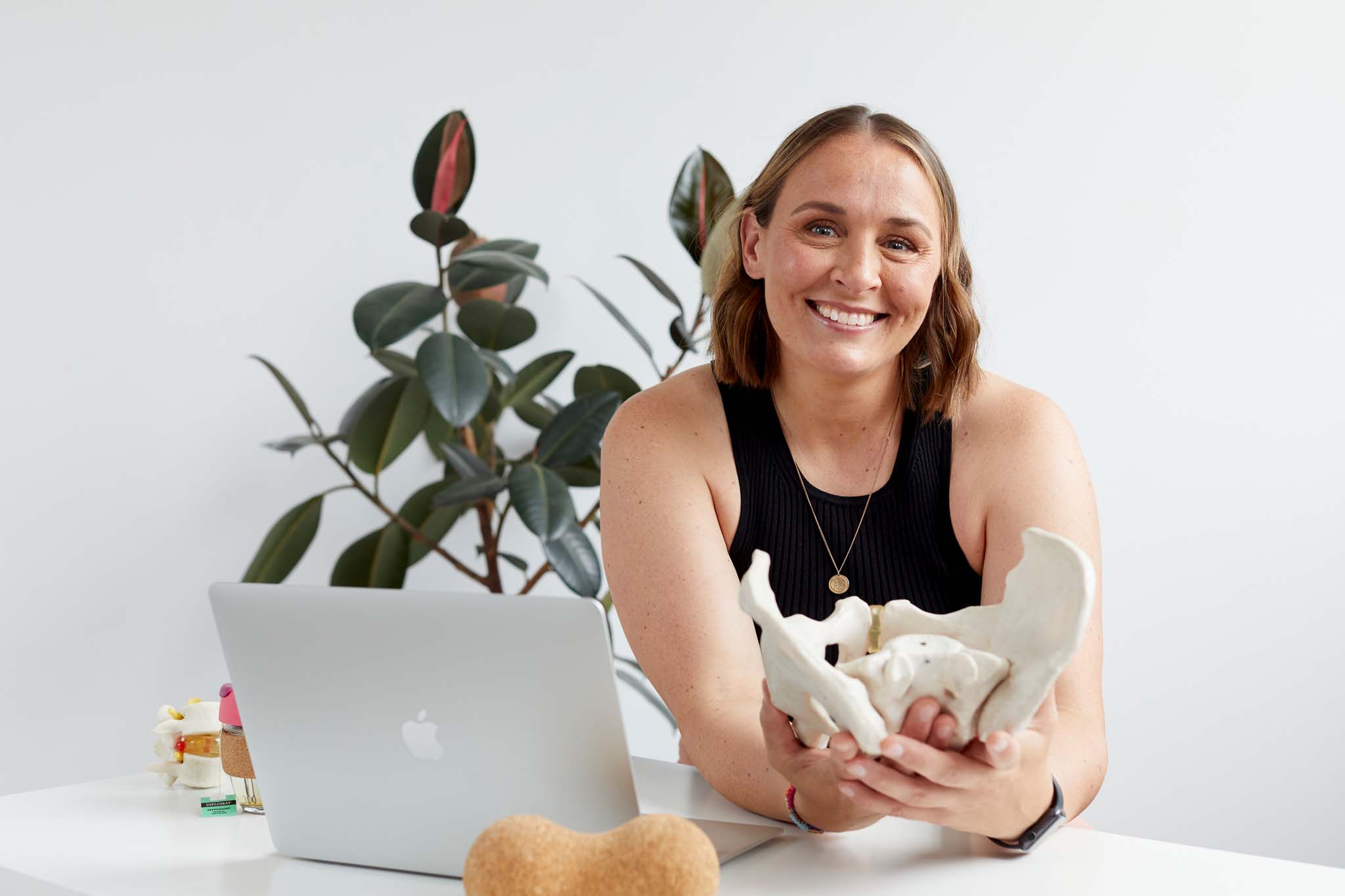I hear this time and time again. A patient presents with low back pain or similar, and they make reference to their “pelvis being out of place, or twisted” and it makes me cringe a little inside. Right then and there I want to educate them, tell them on how physiology and anatomy doesn’t allow this to happen, and that movement of the pelvis comes from above and below. But, I have a patient in front of me who is in pain. And with that pain comes an urgency for me to help them, to get some relief from that pain, and for that reason I have to be empathetic.
I do believe once upon a time I said this to patients as well. It was early in my career as an Osteopath, and to be honest I think I wasn’t really sure exactly what was going on in my patients bodies, so this was an easy way to describe my findings. Also, at University we were taught all about pelvic torsions, and how to diagnose them (for example anterior and posterior innominate, upslips, downslips, inflares and out flares). I do believe this language hasn’t helped us, and when patients believe their pelvis is “twisted” there is then a reliance on it to be “fixed”. Truth is there is probably a lot that can be done with the right stretches and exercises, to help the patient feel and move better. Manual therapy is just one way of helping such issues, but it’s not the only way.
Just a simple google search to reference articles on why the pelvis has minimal movement, shows up with fixes and treatments on “how to get my pelvis back in place” and “how to fix an anterior pelvic tilt”. This language is damaging, and whilst I try to tell patients not to google to formulate a treatment plan, the majority of people will still do it.
What I did find as I scrolled though, were numerous papers, ie research, in how much movement is available at the pelvis. Nagamoto et al found less than one degree of movement in the SI joint (the scaro-iliac joint aka the joint that connects the pelvis to the sacrum). This movement is far below any perceived movement felt by the treating practitioner. In addition, Goode et al cited “Motion at the SIJ is limited to minute amounts of rotation and translation suggesting that clinical methods utilising palpation of diagnosing SIJ pathology have limited utility”.
So, how do we explain these findings in practice, ie what appears to be an anterior or posterior innominate. Well, first lets think about what joints above and below create what appears to be movement at the pelvis. The lumbar spine has flexion, extension, rotation and side bending (lateral flexion). When we rotate our spine for example, the pelvis moves along with it. In a sense, this looks like the pelvis is also rotating, but the movement is coming from above. When we move our hips, for example bringing the knee to the chest, it looks like the pelvis goes into a posterior pelvic tilt, however this is just following along what the hip is doing (and the hip socket is in the pelvis, so of course its going to follow along!).
So, once I have built a rapport and I feel like it’s the right time to educate my patients on their pain, it would sound something like this: Your pelvis moves along with your hip joint and your lumbar spine. When a patient has pain in the pelvis, it is important to assess all areas to see where the pain is coming from. In the case of pelvic and low back pain, I would always make sure to look at the hips and the lumbar spine, as I know this is the area which creates the movement. I will assess your pelvis – and look at how it is functioning with relation to muscle control, but my job is not simply to “balance your pelvis”. When you present to me with your complaint, I would like you to try to describe the ache, pain, or discomfort that you are experiencing, and what movements tend to aggravate and relieve your pain. By knowing more about how your body is functioning, I am able to develop a management plan which might involve manual therapy, exercises, or both.
If you feel like you are not getting anywhere with your pelvic pain please make an appointment for us to assess and manage your condition. The pelvis is a complex structure, and many factors can influence how it feels in your body. And if you happen to see a practitioner who says they can “put your pelvis back into place”, don’t walk, but run, that’s if you can.




